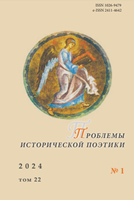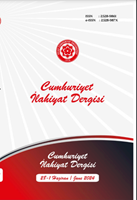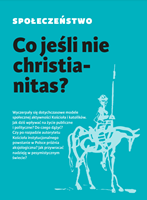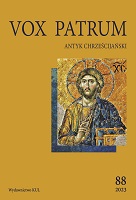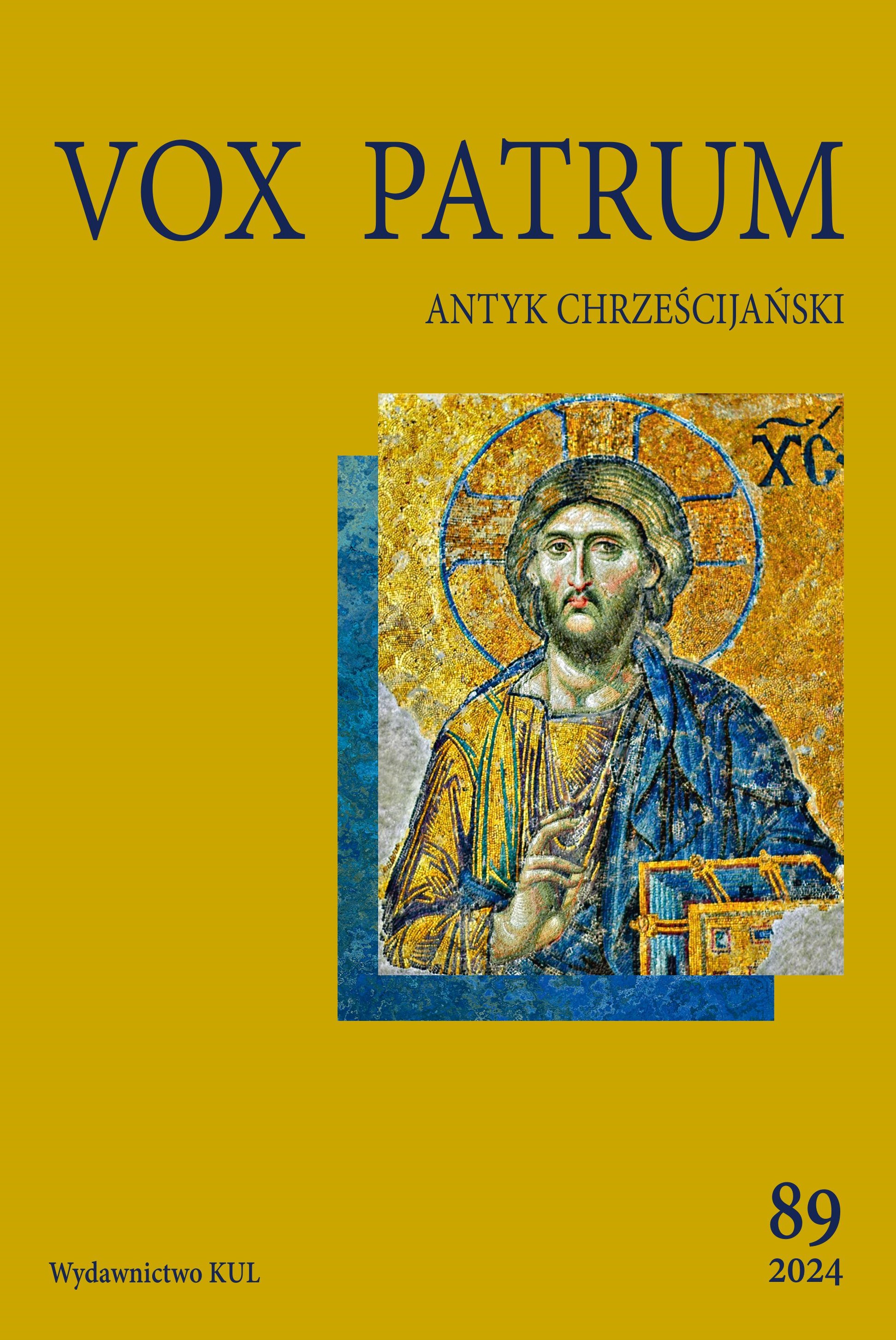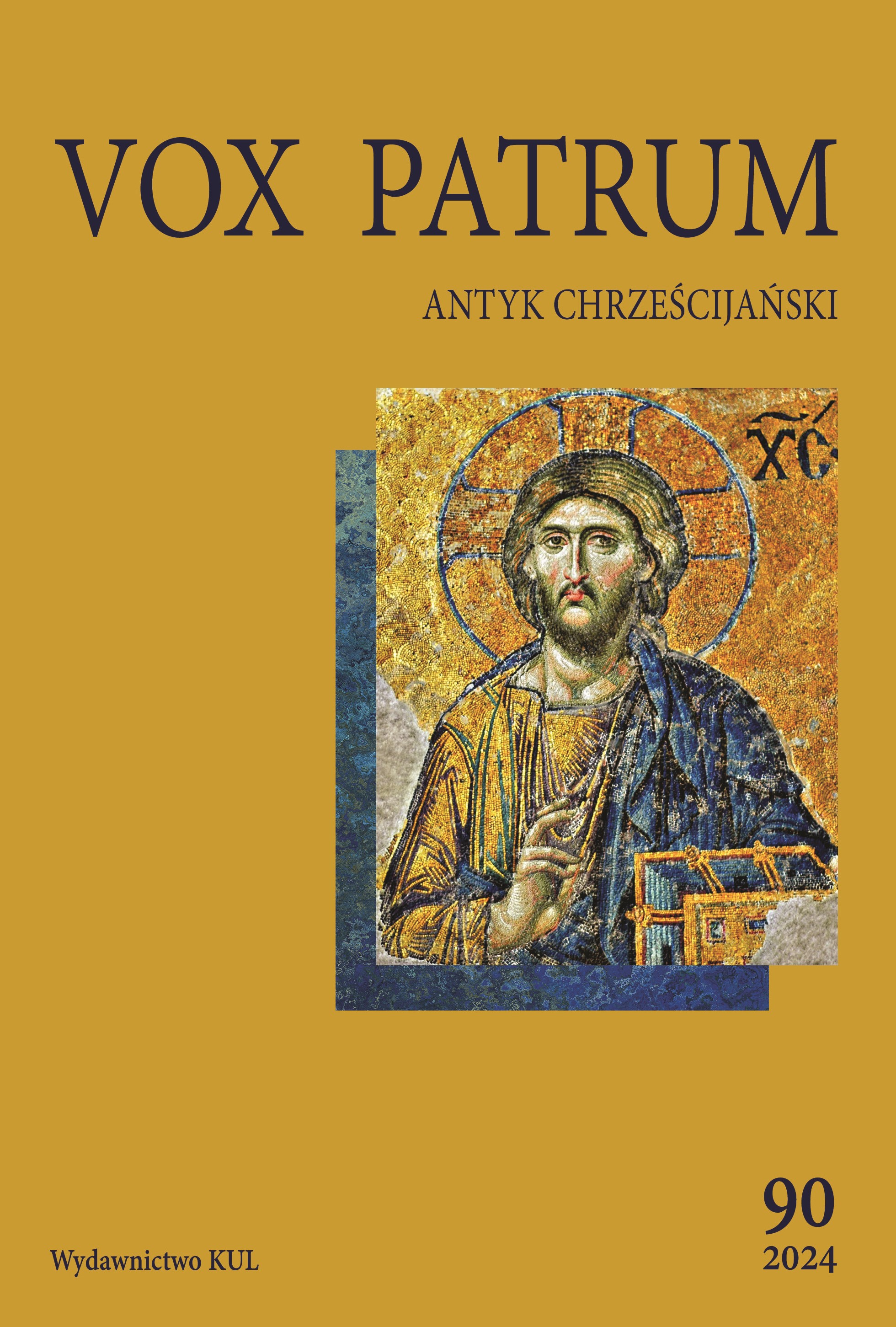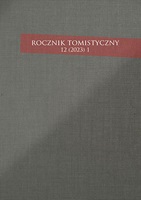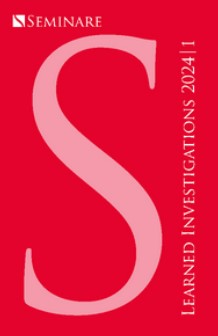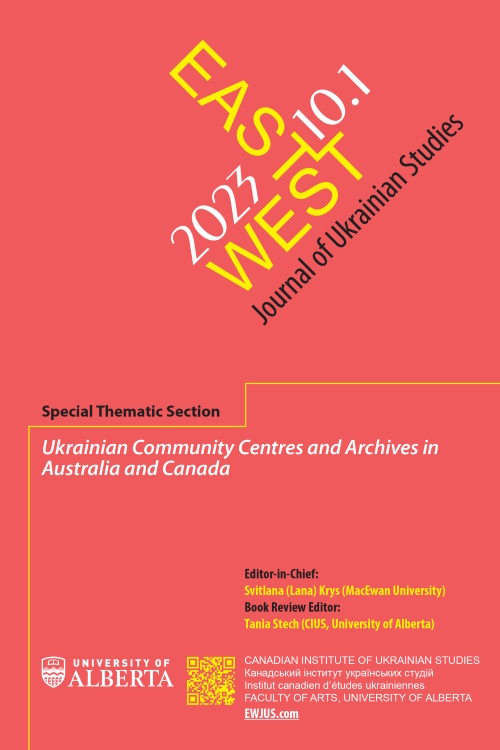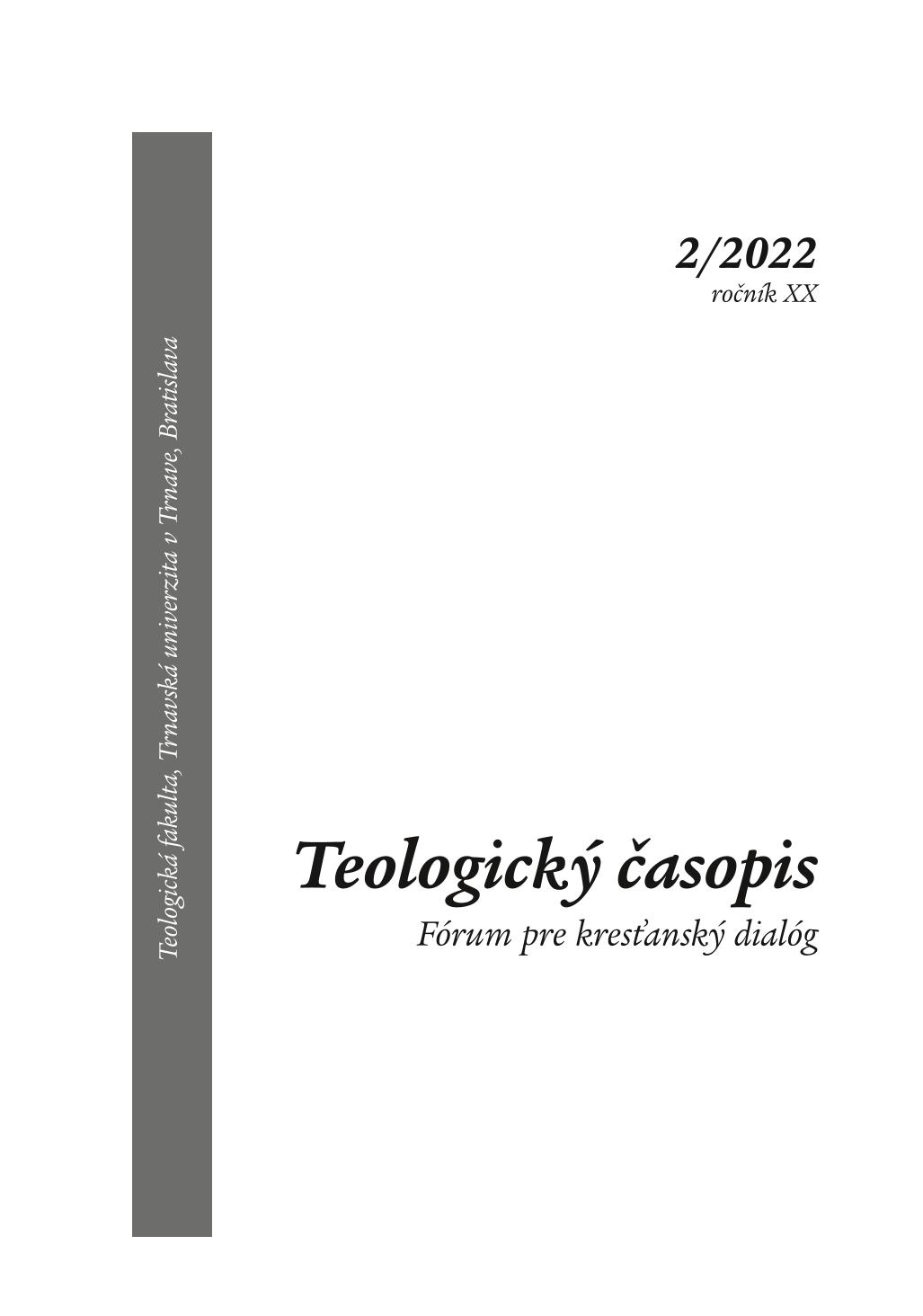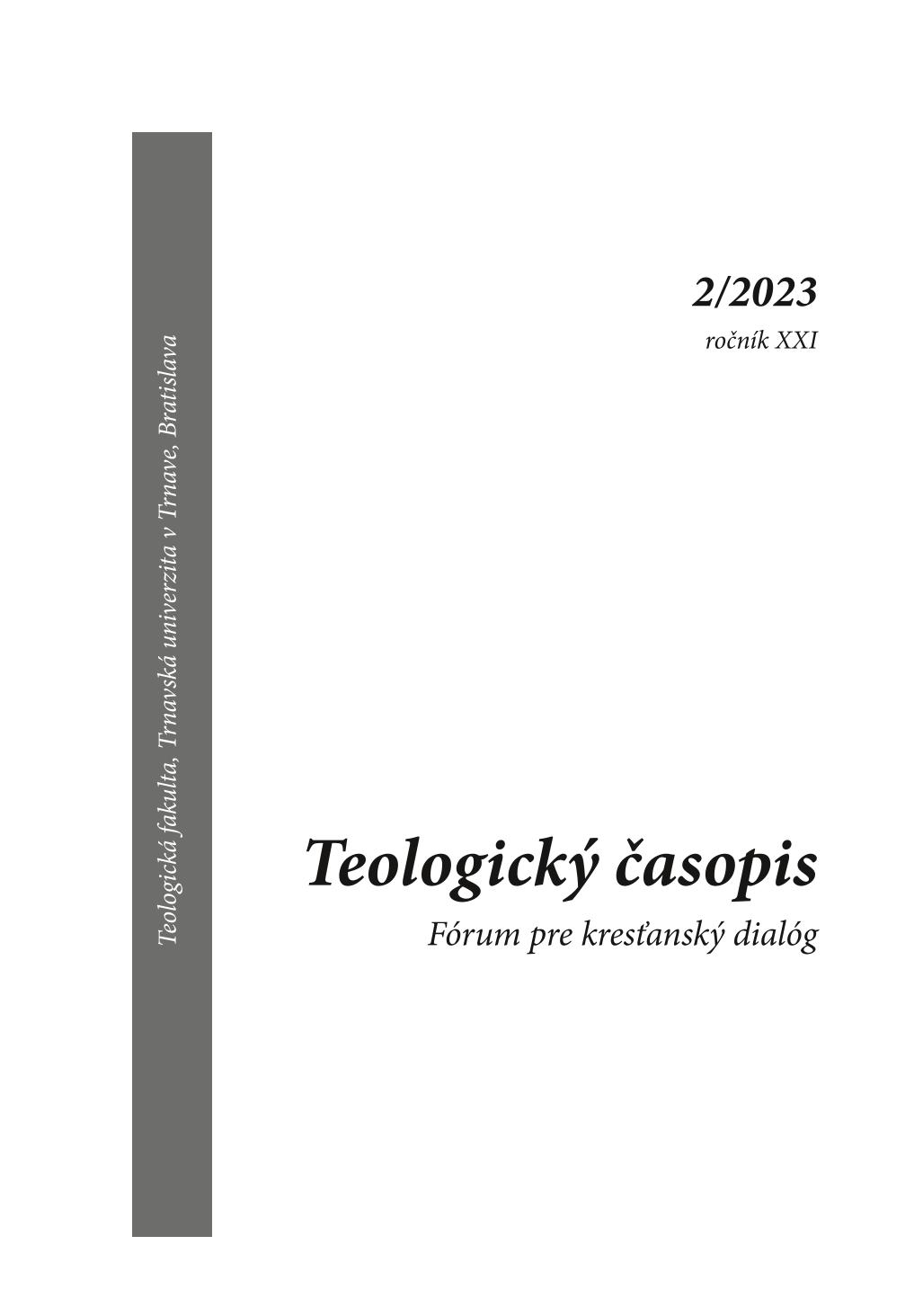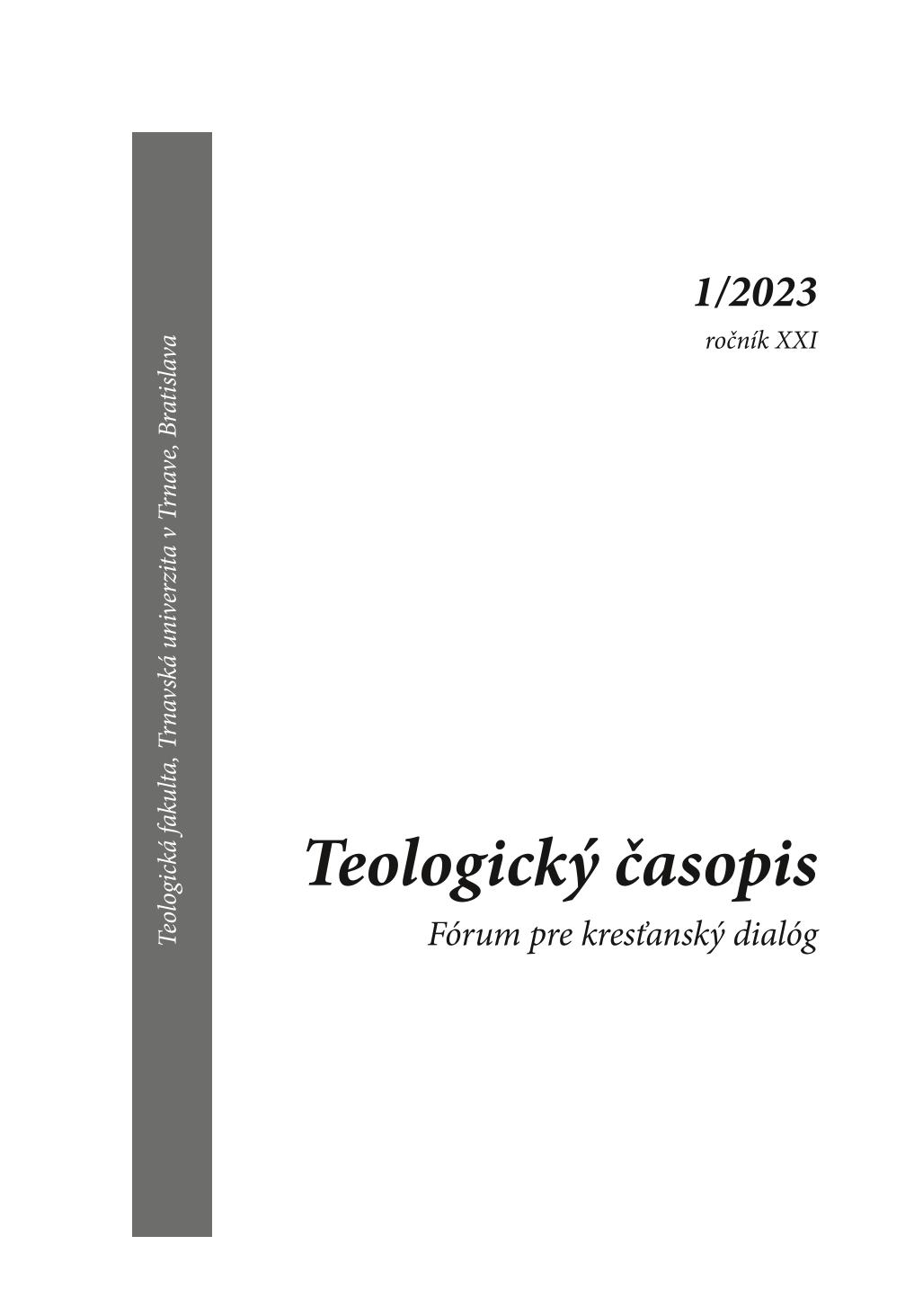Author(s): Merve Susuz Aygül / Language(s): Turkish
Issue: 1/2024
It is generally accepted that East Asian societies have adopted a more flexible and syncretic approach to foreign religions than other societies in history. The communities in this region have generally transformed newly arrived religions to their own identities using soft power and adapted them to their own identity. The arrival of Buddhism to China, then to Japan, and the subsequent incorporation of the color of these cultures is an example of this flexible and syncrectic approach. In addition, the emergence of theories and practices aimed at the simultaneous application of Confucianist, Taoist and Buddhist religious traditions in China is another example. Similarly, the centuries-long coexistence of Shintoism and Buddhism in Japan, and the acceptance of Shinto kami and Buddhist Buddhas and bodhisattvas as the same supreme beings, are also primary examples encountered in the same context. However, there are also exceptions of this flexible and syncrectic approach to foreign religions. One of these exceptions is the approach and policies towards the foreign religion Christianity during the Tokugawa shogunate. The shogunate's aggressive policies, which gradually hardened and expanded in scope against Christian teaching and local and foreign Christians, led to the emergence of the phenomenon of "underground religion" or "hidden faith" which is rarely encountered in Japanese history. The shogunate's harsh policies and bans on Christianity forced Japanese Christians to live by hiding their faith, and Japanese Christians continued to exist for two and a half centuries until the end of the Tokugawa shogunate by keeping their faith secret. By the end of the Tokugawa period, the state policy towards Christianity changed, missionary movements were allowed, and Christian churches came to Japan again. But a group of Japanese Christians, who continued their faith in secret for two and a half centuries, refused to join Christian churches and formed the Kakure Kirishitan community, which has continued to exist as a separate group to this day. As an example of the tendency of Japanese society and culture to adapt and transform foreign and new elements it encounters, the Kakure Kirishitan community and its sacred texts Tenchi are the main subject of this study. The main source of the study is Tenchi, the sacred text of the Kakure Kirishitan community, which can also be called the Buddhist Bible. The main claim is that the basic factor that enabled the Kakure Kirishitan community to continue its existence in the face of the policy of prohibition and oppression towards Christianity is the adaptation tendency that exists in Japanese society and culture and that Tenchi, which is is based on the combination of certain elements from Japanese religions and traditions, primarily Buddhism, with Christian teachings, is a product of this adaptation tendency. In short, the policy of prohibition and oppression applied to a religion in a way that is contrary to the general identity and culture of Japanese society has created the Kakure Kirishitan community, as a rare example of underground religious community in Japanese history. And ironically, this community has been able to continue its existence thanks to this flexible and eclectic tendency found in Japanese identity and culture.
More...
